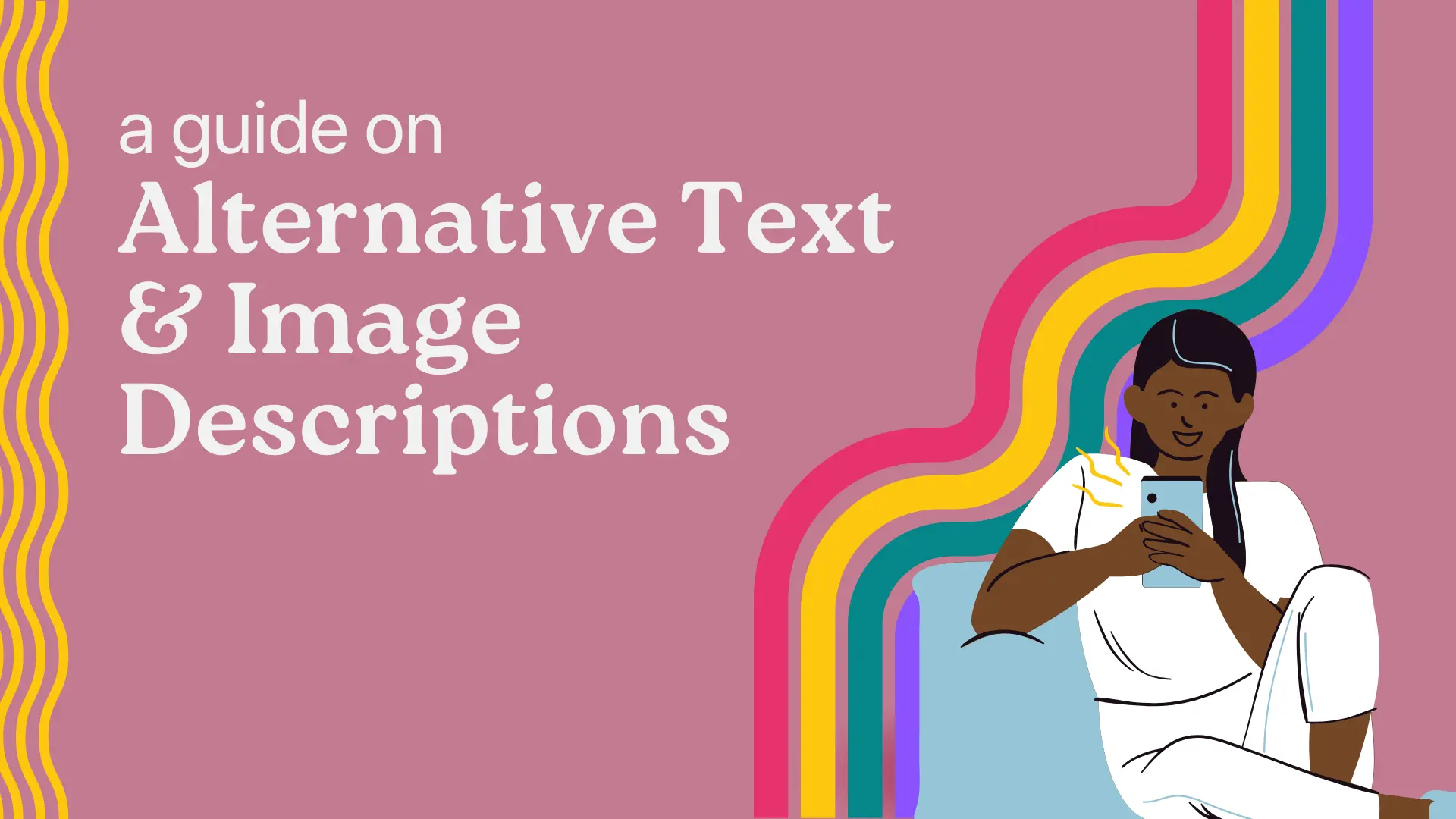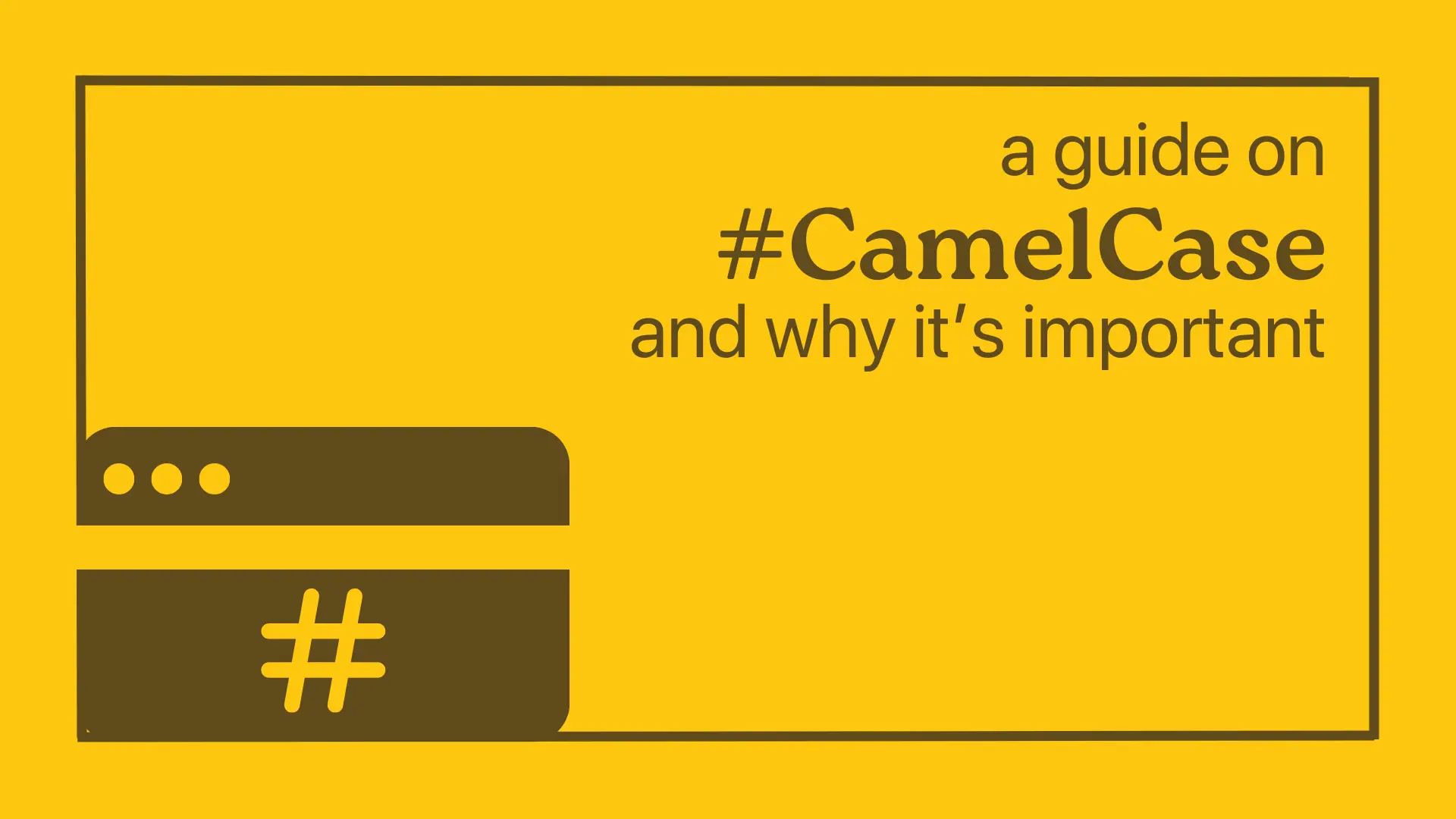In the digital age, the Internet has become a common platform where content is widely shared, discussed, and consumed. However, not everyone has equal access to this content, especially individuals with visual impairments, sensory processing disorders, or certain learning disabilities. That’s where the critical importance of ‘Alternative Texts’ and ‘Image Descriptions’ come into play.
Decoding the Jargon: Alt Texts and Image Descriptions
Firstly, let’s clear up the often-confused terms. What exactly is an “alt text” and how does it differ from an “image description”?
- Alt Text: A succinct descriptor that narrates an image’s content, primarily for screen readers. These descriptions ensure that the visually impaired can understand an image’s context, purpose, and content. Additionally, these texts are beneficial for individuals with specific sensory processing challenges or learning disabilities.
- Image Description (ID): Similar in purpose to the alt text, but with a slight difference in application. While alt text is directly associated with an image, the image description is typically written in a post’s caption or comment section. This distinction allows creators more flexibility and space to provide a comprehensive description if needed.
Navigating the Do’s and Don’ts
When implementing alt texts and image descriptions, adhering to best practices is crucial for consistency and effectiveness. Here are some guidelines:
Do’s:
- Be Specific and Concise: It’s crucial to capture the essence of an image without overwhelming the reader with excessive details.
- Maintain Objectivity: Aim to describe the image in its raw form without infusing personal opinions.
Don’ts:
- Avoid Emojis: While emojis might add flavor to text for some, screen readers might not always interpret them as intended.
- Steer Clear of Opinion-Based Adjectives: Terms like “beautiful” or “amazing” are subjective and don’t offer concrete information about the image.
- Drop the Intro: Starting a description with “picture of” or “image of” is redundant. Dive straight into the description.
- Purposeful Use: Alt text should not serve as an extension of your caption. Its primary purpose is accessibility.
Implementing Alt Text
Now that we’ve covered the basics, it’s essential to understand how to add alt texts to images, especially on popular platforms. Platforms like Instagram, for instance, allow users to add alternative texts during the posting process, ensuring images are accessible to everyone.
Why Does It Matter?
Balancing the tradeoffs between being concise yet descriptive or objective without being bland can be challenging. Yet, when accessibility is at stake, these challenges are more than worth tackling. It’s not just about inclusivity; it’s about ensuring everyone, regardless of their physical or cognitive abilities, can participate in the digital discourse.

